Wood Lily (Lilium philadelphicum), also known as Northern Red Lily or Red Lily, is a stunning perennial flower from the Liliaceae family. Native to eastern to mid-western North America, this plant thrives in well-drained soil and is unsuitable for waterlogged conditions. The Wood Lily is a bulb-forming species renowned for attracting butterflies, birds, and bees, making it a delightful addition to gardens that encourage pollinators.
Unfortunately, the Wood Lily faces the threat of endangerment, primarily due to overharvesting, which prevents its bulbs from regenerating. This highlights the importance of responsible cultivation and conservation to preserve this unique and vibrant species for future generations.
| Common name | Northern Red Lily, Red Lily, Wood Lily |
| Botanical name | Lilium philadelphicum |
| Family | Liliaceae |
| Species | philadelphicum |
| Origin | Eastern to mid-western North America |
| Life cycle | Bulb |
| Plant type | Bulb |
| Hardiness zone | 4, 5, 6, 7 |
| Sunlight | Full Sun |
| Maintenance | Medium |
| Soil condition | Loam |
| Drainage | Well-Drained |
| Growth rate | Slow |
| Harvest time | Fall |
| Flowering period | Summer |
| Flower color | Brown, Copper |
| Leaf color | Green |
| Stem color | Green |
| Fruit type | Capsule |
| Flower benefit | Showy |
| Garden style | Butterfly Garden |
| Uses | Meadow |
I. Appearance and Characteristics
Lilium philadelphicum, also known as the wood lily, Philadelphia lily, prairie lily, or western red lily, is a perennial species of lily native to North America.
Lilium philadelphicum grows to a height of approximately 30 to 90 centimeters. It produces red or orange blooms between June and August.
Cats are extremely sensitive to lily toxicity and ingestion is often fatal. Households and gardens that are visited by cats are strongly advised against keeping this plant or placing dried flowers where a cat may brush against them and become dusted with pollen that they then consume while cleaning. Suspected cases require urgent veterinary attention.
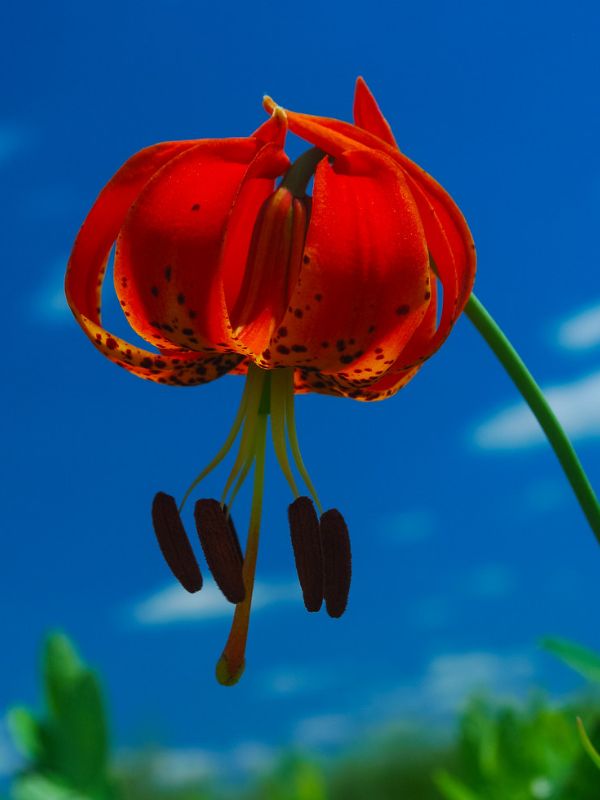
Rapid treatment with activated charcoal and/or induced vomiting can reduce the amount of toxin absorbed (this is time-sensitive so in some cases, vets may advise doing it at home), and large amounts of fluid by IV can reduce damage to kidneys to increase the chances of survival.
Lilium philadelphicum is listed as an endangered species in Maryland, New Mexico, Tennessee and North Carolina. Its status is a threatened species in Kentucky and Ohio.
As the Saskatchewan provincial floral emblem, it is protected under the Provincial Emblems and Honours Act, and cannot be picked, uprooted or destroyed in any manner.
II. How to Grow and Care
Sunlight
Wood lily prefers filtered sunlight. If it is too strong, it can damage the quality of the flowers and the whole plant. Most lilies require between four and six hours (or more) of sunlight. With more sunlight, the plant will be able to make more food and produce more leaves and flowers.
If your wood lily is planted in a place that receives great amounts of strong, direct sunlight, around 30% of the sunlight should be blocked. If planted in a garden, it should be planted at the edges of shrubbery or besides fences.
Temperature
The optimum temperature during the growth period is 16 to 25 ℃. If temperatures exceed 28 ℃, the plant will be shorter, there will be fewer flower buds, and blind (non-productive) buds may appear. When rooting, the soil temperature should be maintained at 12 to 15 ℃.
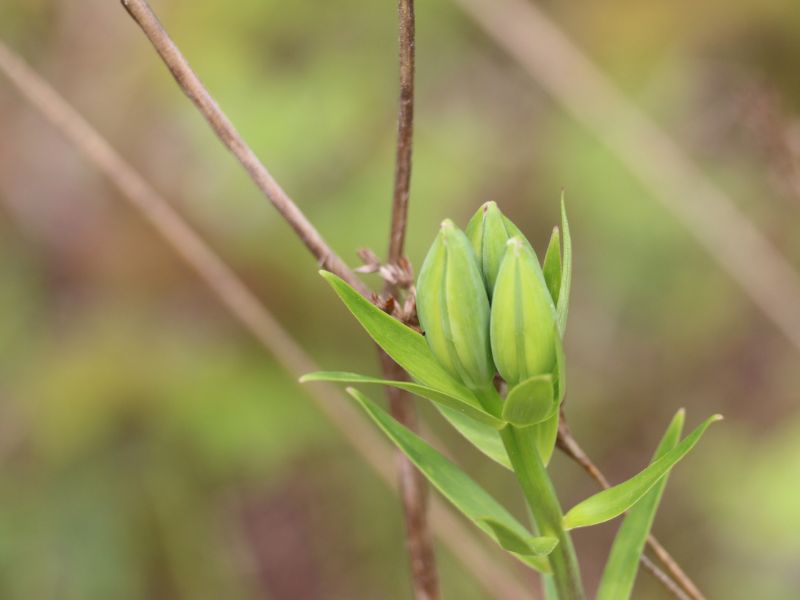
When temperatures fall below 13 ℃ at night, the leaves can turn yellow and fall off. The plant stops growing below 8 ℃. Wood lily are not resistant to freezing temperatures, and bulbs should be harvested and stored during the fall.
In the high temperatures of summer, water continuously cools the plant and the soil temperature. Lilies should be watered immediately after planting and once every two or three days after that. They require about 2.5 cm of water each week.
Stop watering 10 days before harvesting the bulbs, as wood lily is not resistant to standing water. High soil humidity can cause seedlings to die. Therefore, pay attention to drainage during rainy seasons.
Watering
Originating from well-drained soils in meadows and woodlands, wood lily is adapted to environments with moderate moisture. This species exhibits a preference for consistent soil moisture without being waterlogged, reflecting its native habitat’s balance between dry and wet periods. Watering should occur once every week to maintain this equilibrium. Typically grown outdoors due to its hardy nature, wood lily thrives when the soil mimics the natural cycle of rain it would receive in its native climate zone, ensuring robust growth and seasonal flowering.
Soil
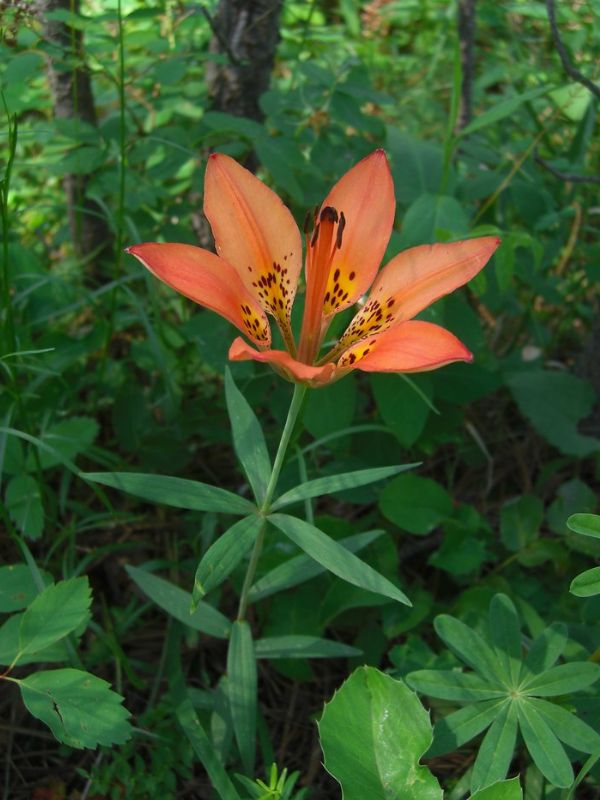
Plant wood lily in loose, fertile, and slightly acidic soil that is rich in organic matter. Continuously growing lilies in the same place can significantly reduce the quality of the flowers, so plant them in well-drained, thick, sandy loam where no Liliaceae plants have been planted before.
Fertilizing
For optimal health, fertilize wood lily with balanced, slow-release fertilizers at the onset of the growing season and monthly through summer. Key benefits include vigorous growth and vibrant blooms. Use sparingly—over-fertilization risks bulb damage. Adjust feeding with lifecycle changes; less in dormancy. A gentle side-dress application protects delicate roots. Always follow label rates for safe, effective nourishment.
Planting Instructions
Wood lily is widely available in local flower shops or from many online distributors. Select a plump bulb with robust roots that is free of pests and diseases and has a flat, round top. Soak the bulb in fungicide and dry it before planting.
The optimum planting time is the end of autumn, but wood lily can also be planted in spring. If planted in fall, the plant will grow roots first. If planted in spring, buds will germinate first. Plant as early as possible after the spring thaw to avoid damage from cold temperatures.
When planting, position the bulb with the top of the bud upwards and roots downwards. Cover with soil two to three times the bulb height thick. Water thoroughly to moisten, but not so much as to accumulate water. While growing, support weak stems with stakes.
Pruning
When buds emerge, the terminal (main) bud should be removed to reduce nutrient consumption, transfer nutrients to the bulb, and help the bulb expand. At the same time, remove the buds growing where the shoot grows out of the main stem (the leaf axil).
Pinch buds off after the dew has dried on a sunny morning. Damaged, dead, or excessively long branches should be removed to look nicer and keep the lily healthy. After blooming, prune withered flowers to facilitate the blooming of other buds.
Propagation
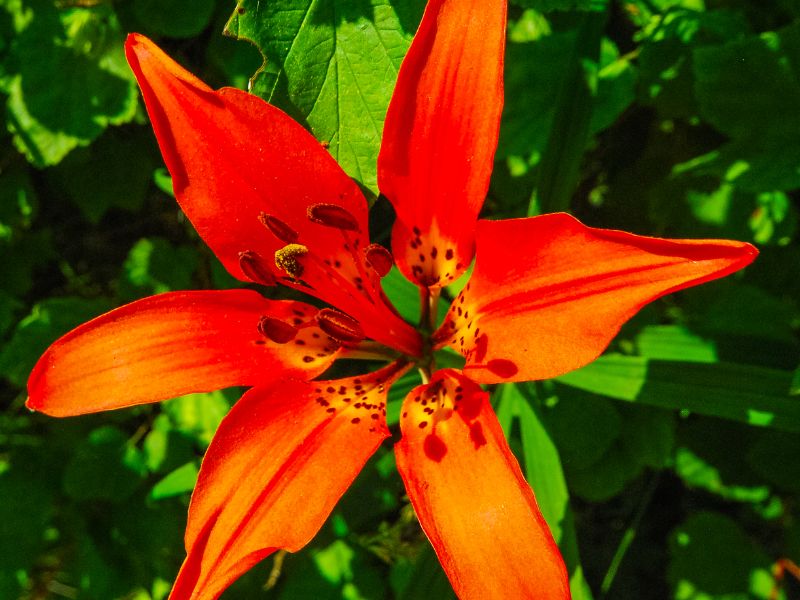
The best propagation method for wood lily is tuber division in Spring. Propagation is moderately difficult but successful growth can be observed through sprouting leaves and healthy root systems. Extra care is needed when handling fragile tubers.
Transplanting
The ideal time to transplant wood lily is late summer to early fall (or the S2-S3 stage). This enables the bulbs to establish new roots before winter onset. Wood lily thrives in sunny to partially shaded locations with good drainage. Remember, regular watering aids in successful transplantation.
III. Uses and Benefits
- Ornamental uses
Wood lily attracts hummingbirds and butterflies with its sweet nectar, so it is often planted in butterfly gardens and picturesque cottage gardens. it becomes a vibrant red-orange lily with a yellow center and purple spots.
- Culinary uses
The bulbs were eaten by some Native Americans.
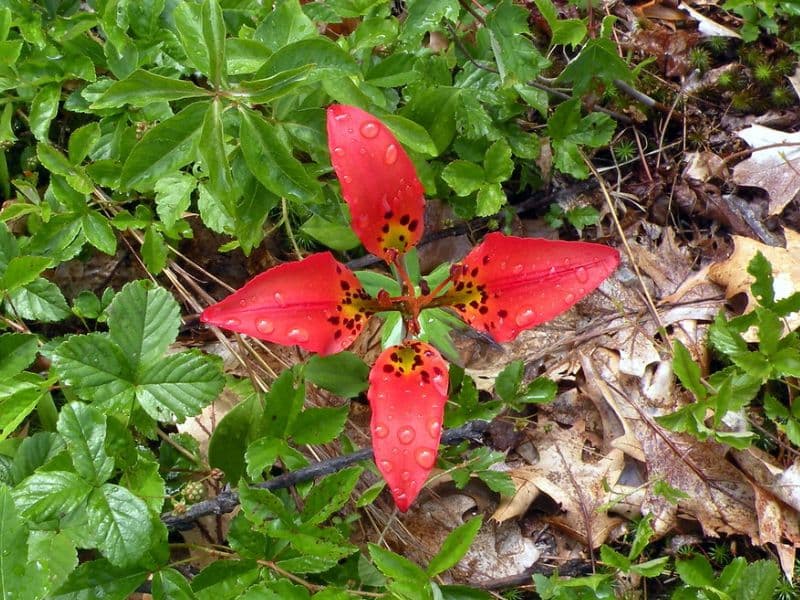
IV. Harvesting and Storage
Harvest freshly cut flowers in the evening or early morning of a sunny day. Freshly harvested flowers should be kept away from direct sunlight and can be stored in cold storage for fresh-keeping.
Find Where to Buy the Best Wood Lily (Lilium philadelphicum)

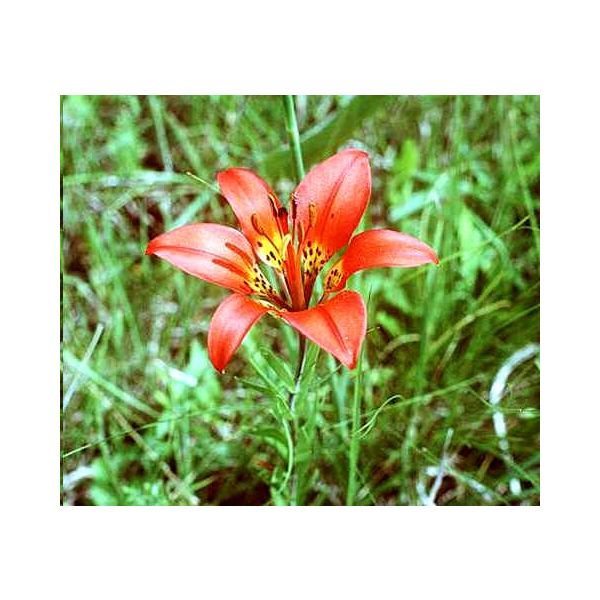








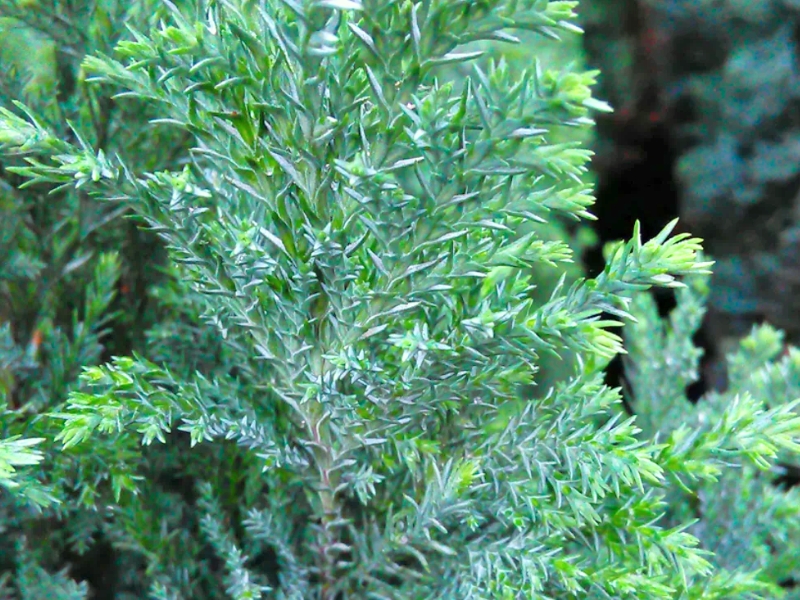
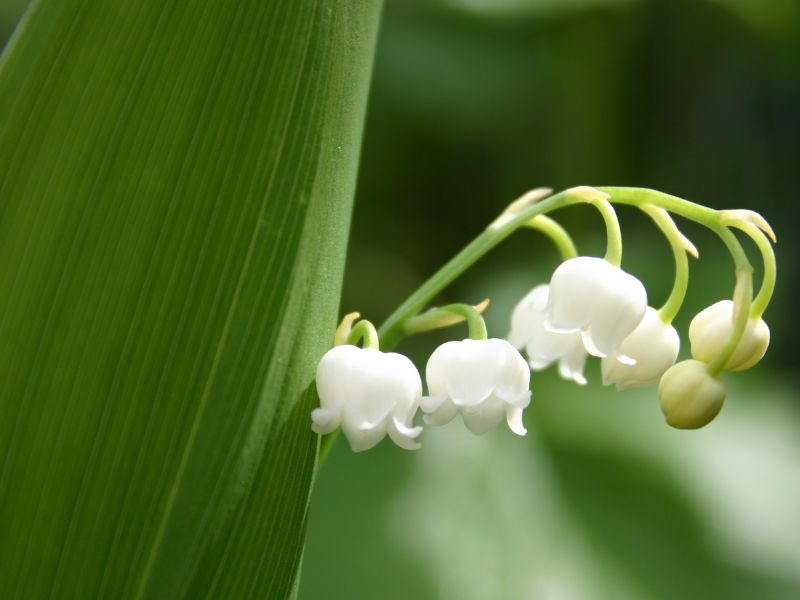
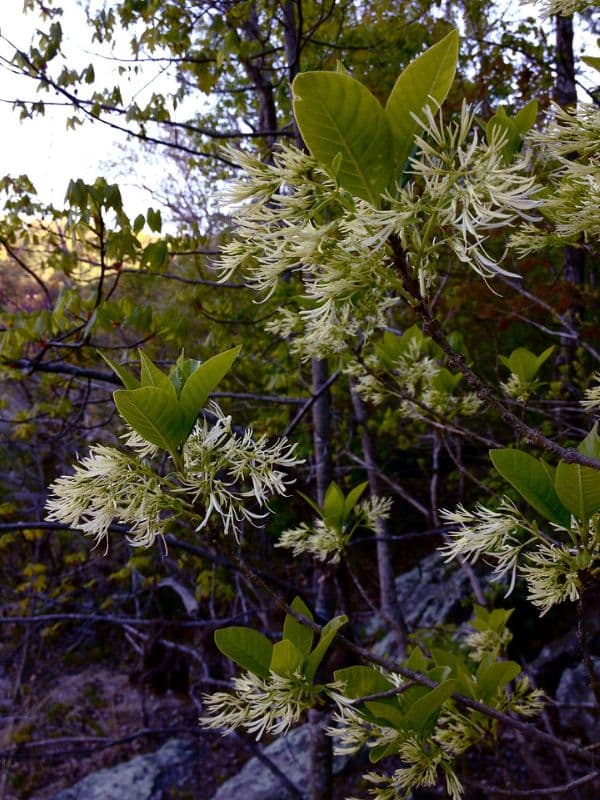
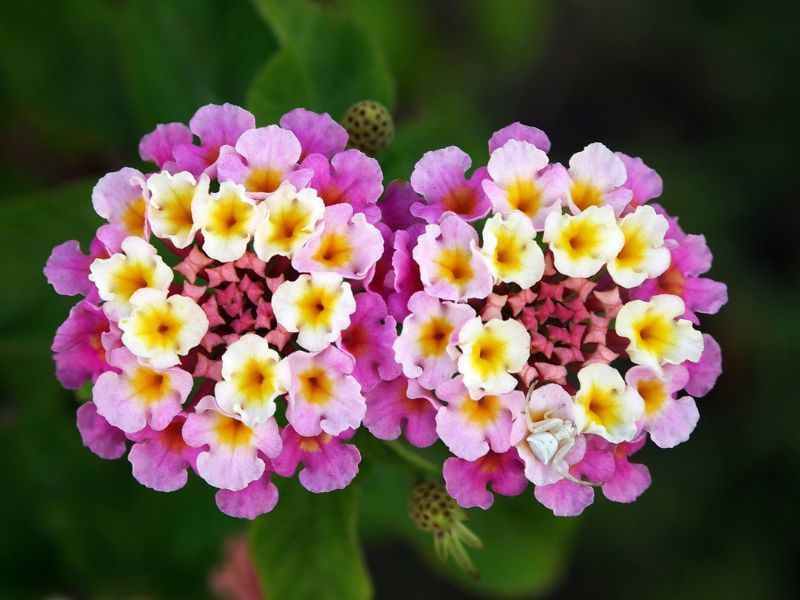
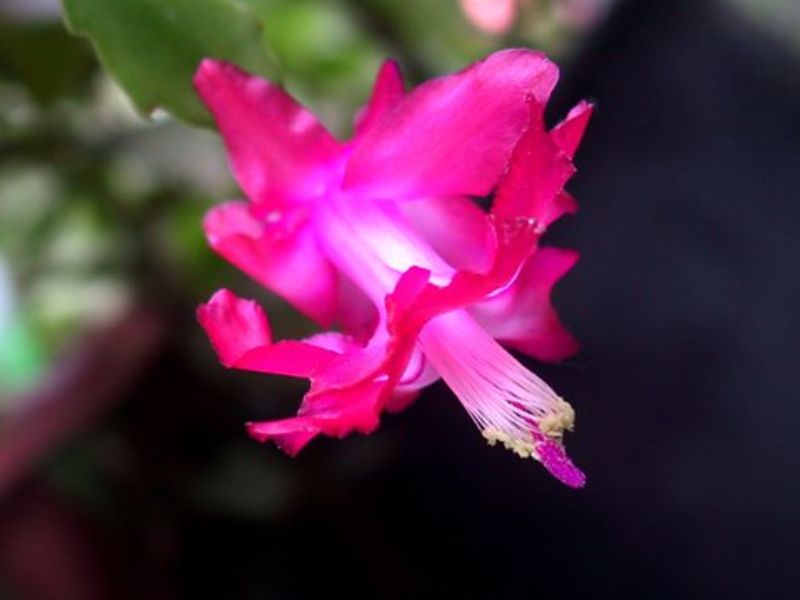
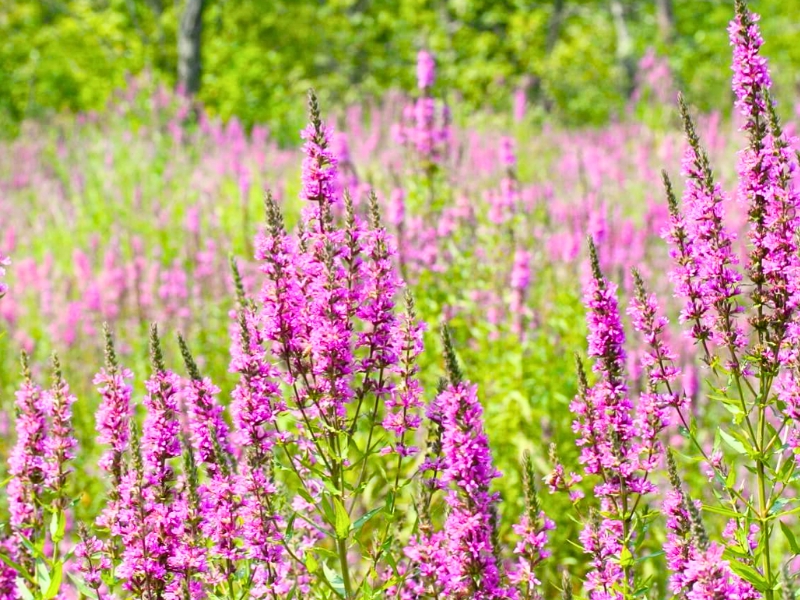
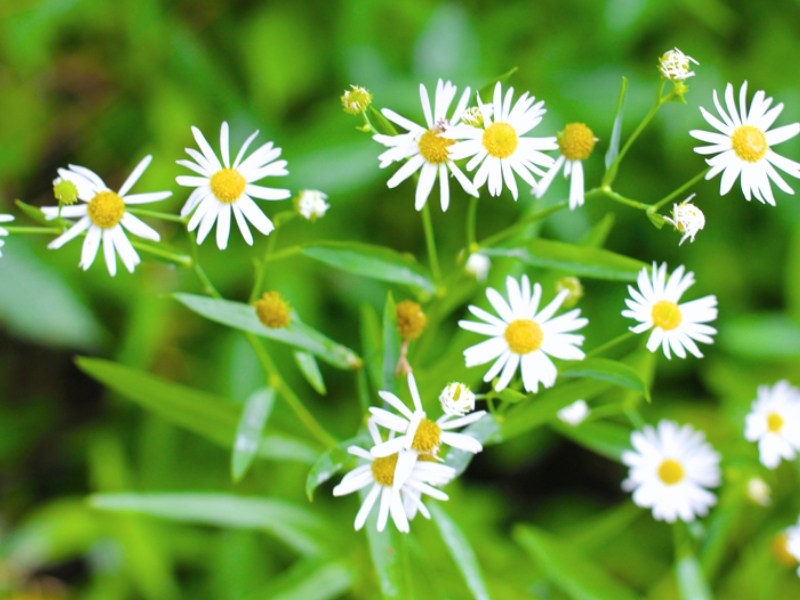
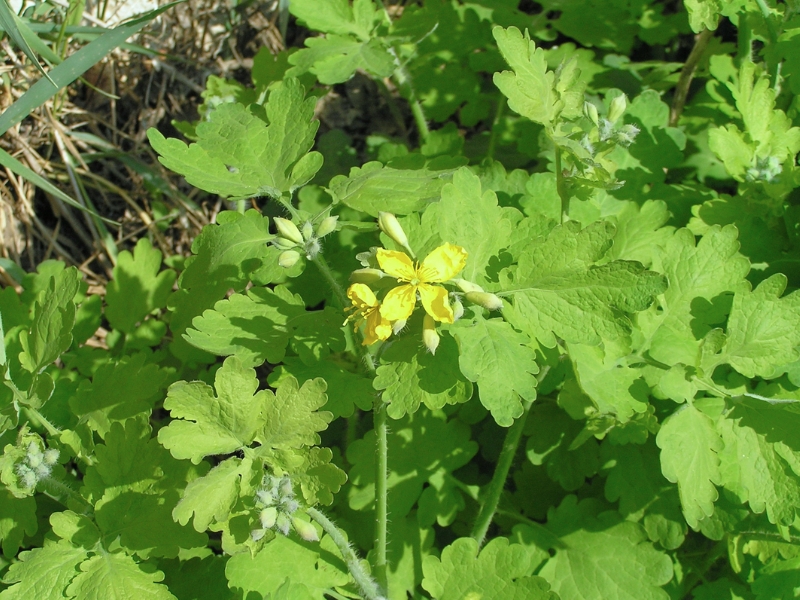
Leave a Reply